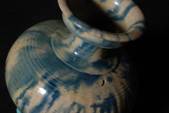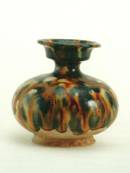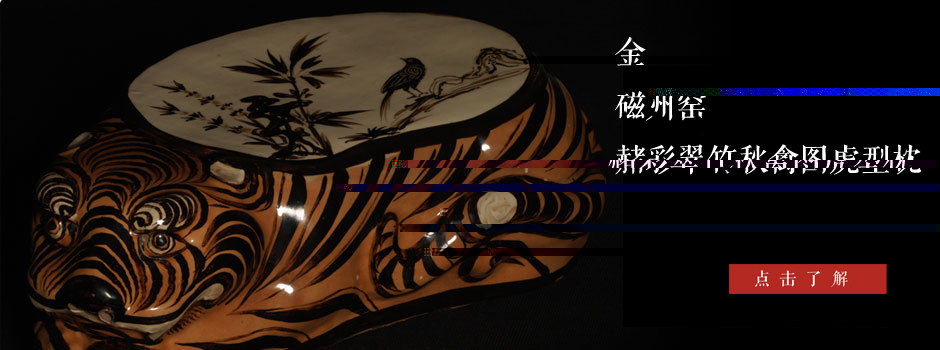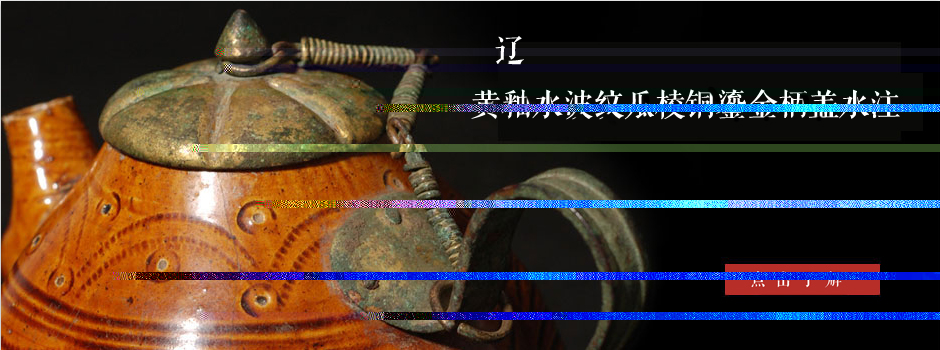- >> Company Profile
- >> President's Speech
- >> Brand Service
- >> Mission & Goals
- >> Value System
- >> Brand Construction
- >> Philosophy and Mode
Address: Room 614-616,China World Office 1, No.1 Jian Guo Men Wai Avenue, Beijing, P.R.C.
Tel:+86-10-65051177
Fax:+86-10-65058988
E-mail:soongs@zbkenuo.com
Home >> Show Items
Blue colored hopper
 |
 |
The unique place for this ware is its blue-colored ornamentations. The tricolored porcelain wares with blue color had been attached with great importance by the previous collection experts. Acquisition of such type shall be regarded as an honor. Therefore, they spare no high price for such wares. When comparing the existing physical objects, the wares decorated with blue color are indeed rare, even rarer for the artwork of pure blue color. After searching for the public and private collections at home and abroad, the hopper decorated with pure blue color are fewer. The raw material for firing blue colored wares is cobalt oxide. According to the scientific test, the properties of cobalt content for firing Tang tricolor is high Fe and low SiO2 which is consistent with the later celadon cobalt materials. Judging from these, such materials were outsourced. Besides, in consideration of the history of popularity of firing the sophisticated cobalt blue-colored ceramics in the 800’s and 900’ in the Central Asian regions, it can be asserted that the cobalt material in Tang tricolor is from the Middle East regions. Cobalt oxide shall turn into bright blue at the temperature of over 700 degrees. Hence, after comparing the cobalt blue-colored wares and the blue-colored wares of Tang tricolor, their features are pretty similar.

(Picture) Hopper collected by Meiyintang Height 9.5cm




